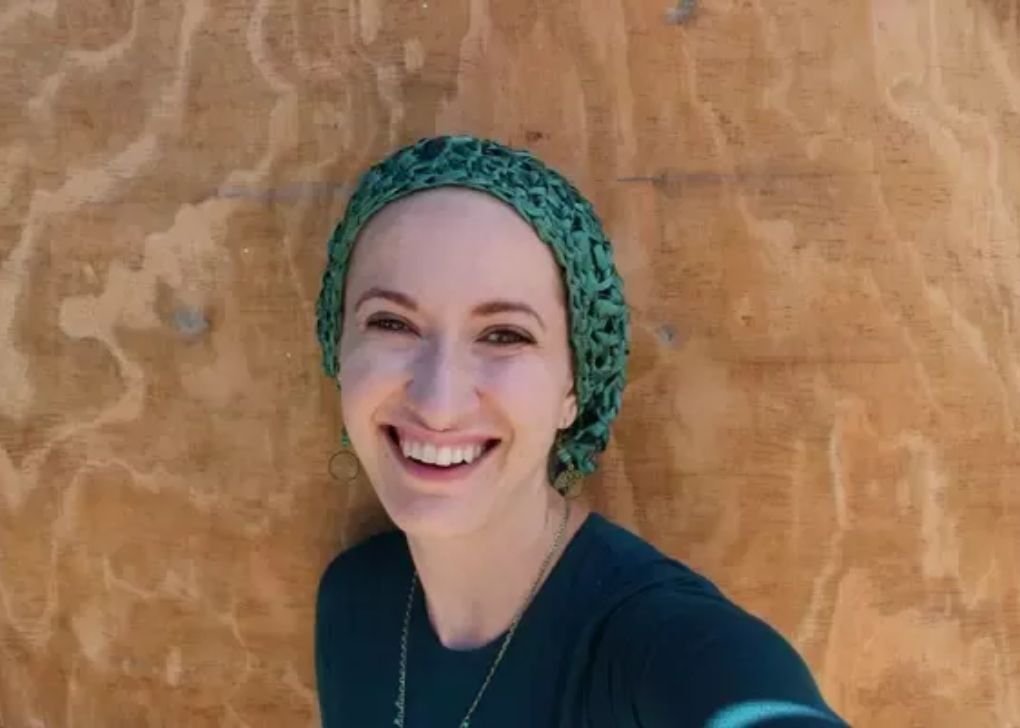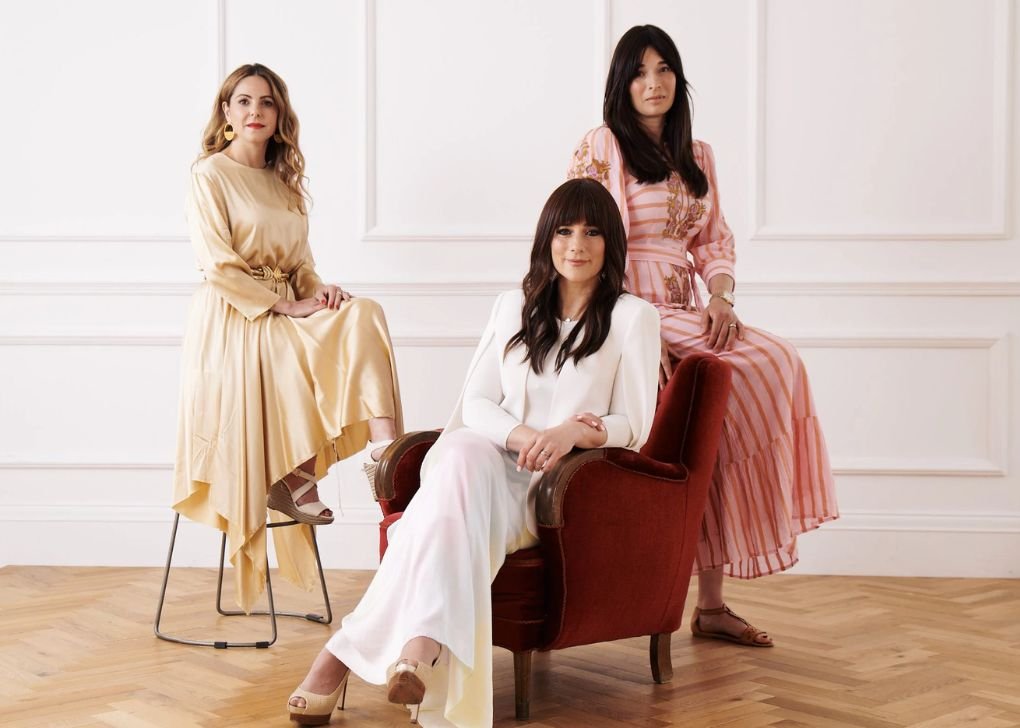The Hasidic community is known for its unique cultural practices, including the way its women choose to style their hair. Many Orthodox Jewish women wear wigs, and this tradition has sparked curiosity and questions among those outside the community.
In this blog post, we will delve into the reasons behind why Hasidic women wear wigs and explore the cultural significance of this practice. From the history of Jewish wigs to the modern-day views on hair covering, we will uncover the truth behind the question, “Why Do Hasidic Women Wear Wigs?” So, let’s dive in and discover the reasoning behind this intriguing tradition.
The Mystical Roots of Hair Covering in Hasidic Tradition
The tradition of hair covering in Hasidic Judaism is not only a matter of religious law but is also imbued with mystical significance. Kabbalistic teachings, the mystical aspect of Judaism, suggest that a woman’s hair possesses intense spiritual energy.
Covering the hair is believed to channel this energy towards a more spiritual and family-centered life. This mystical perspective enhances the practice, elevating it from a simple act of modesty to one of deep spiritual connection and protection, linking the physical and the spiritual realms in everyday life.
Also Read: What is the Difference Between a Hat and a Fascinator?
The Religious Significance of Hair Covering
In Hasidic Judaism, hair covering is deeply rooted in religious doctrine. Derived from interpretations of the Torah, particularly from the book of Numbers (5:18), where a woman’s hair is uncovered as part of a specific ritual, Orthodox Jewish tradition extrapolates a broader mandate for married women to cover their hair in public.
This practice is seen as a symbol of modesty and piety, serving to distinguish married women and protect marital sanctity. Wigs, or “sheitels,” allow Hasidic women to adhere to these religious obligations while engaging with the wider world, embodying a unique balance between religious devotion and societal interaction.
Wigs as a Form of Modesty and Identity
For Hasidic women, wearing wigs transcends the realm of mere hair covering to become a profound expression of modesty and personal identity. In a community where outward appearances are deeply intertwined with religious and cultural values, wigs serve not just as a compliance with religious mandates but as a symbol of a woman’s commitment to her faith and her role within the community.
By wearing a wig, a Hasidic woman navigates the delicate balance between personal expression and adherence to the communal norms of modesty, thus reinforcing her identity as part of this distinct cultural group.
Social and Cultural Implications of Wearing Wigs
Wearing wigs in the Hasidic community extends beyond personal piety, shaping social interactions and cultural belonging. It signifies a woman’s married status, serving as a visible marker within the community that influences social dynamics.
This practice fosters a sense of unity and identity among Hasidic women, while also navigating the balance between traditional values and the modern world. Additionally, the choice of wig can reflect personal style within the confines of modesty, allowing women a form of self-expression and individuality despite the communal norm.
Also Read: Why Do Ladies Wear Veils to Church?
The Practicalities and Varieties of Wigs in Hasidic Life
In the daily lives of Hasidic women, wigs serve both a functional and aesthetic role. The practicality of wearing a wig includes ease of upkeep compared to natural hair and the ability to instantly present a polished appearance.
Varieties of wigs abound, with options ranging from synthetic to high-quality human hair, each offering different levels of comfort, durability, and natural look. This diversity allows women to choose wigs that best fit their personal preferences, lifestyle needs, and financial constraints, while still adhering to the community’s standards of modesty.
Controversies and Challenges Surrounding the Wig-Wearing Practice
The practice of wearing wigs among Hasidic women has not been without its controversies and challenges. Some critics argue that high-quality wigs, often more beautiful than natural hair, may counteract the intent of modesty.
Others question the economic burden it places on families within the community due to the high cost of quality sheitels. Additionally, debates within the community itself have arisen regarding the appropriateness and religious acceptability of different wig styles and materials, highlighting the complex balance between tradition, modernity, and personal choice.
Also Read: Why Do Women Wear Hats in Church?
Personal Stories and Experiences with Wigs
Personal narratives from Hasidic women highlight the varied, intimate experiences surrounding the wearing of Jewish wigs. One woman shares how selecting her first sheitel marked a significant rite of passage into married life, imbued with a sense of community and personal growth.
Another recounts the joy in finding a wig that perfectly matched her natural hair, allowing her to maintain her personal style within the bounds of tradition. These stories illuminate the deeply personal connection many have with their wigs, reflecting the complex interplay of faith, identity, and the desire for self-expression within the Hasidic community.
Conclusion
In exploring the reasons why Hasidic women wear wigs, we’ve uncovered a rich tapestry of religious, cultural, and personal significance that underpins this practice. From the mystical and religious roots to the expressions of modesty and identity, wigs serve as a powerful symbol within the Hasidic community. Despite facing controversies and challenges, the tradition of wearing wigs continues to evolve, reflecting a delicate balance between adherence to faith and the nuances of individual expression. Ultimately, the practice of wearing wigs by Hasidic women highlights a unique intersection of tradition, spirituality, and community.


